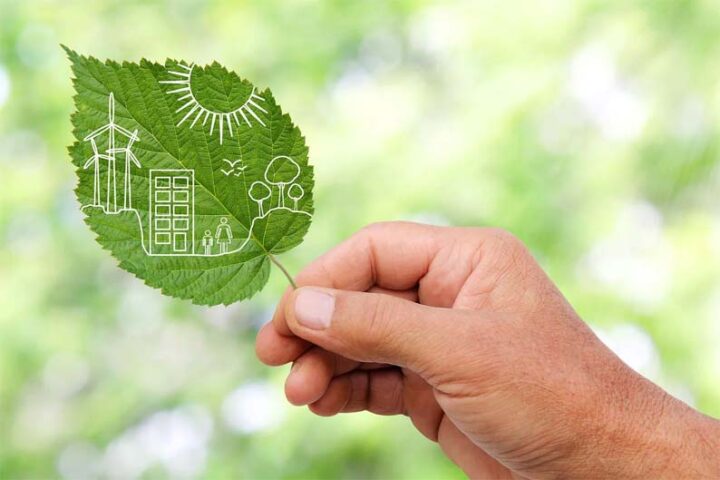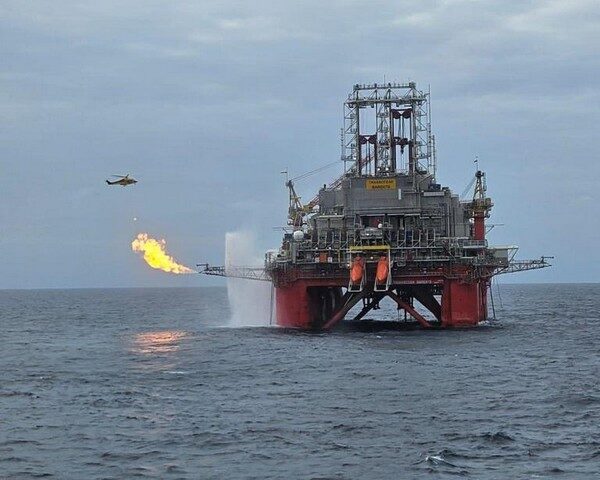Copper is an essential part of human life. It is so ingrained in our daily lives that we encounter it without even noticing.
Due to its high ductility, malleability, thermal and electrical conductivity, and corrosion resistance, it is a key industrial metal with thousands of uses in all sectors, including manufacturing, health, technology and power generation.
Copper is the chemical element with the symbol Cu.
It is a soft red metal in its native mineral and non-oxidized form.
When oxidized, it acquires a greenish and blue colour.
It is a ductile and malleable metal with very high thermal and electrical conductivity.
Its name comes from the Latin Aes Cyprium, which means the Metal from Cyprus, where copper was mined even before Roman times.
It is one of the few metals found in nature as a pure native element.
Copper is used mostly as a pure metal, but when greater hardness is required, it is made into alloys such as brass by adding zinc and bronze by adding tin.
It is very useful because of its inherent and beneficial properties, such as its high electrical conductivity, tensile strength, ductility, resistance to deformation and corrosion, low thermal expansion, high thermal conductivity, malleability, ease of welding, and ease of installation.
Copper is a very effective electrical conductor and is used to produce electrical wires and cable conductors.
It is used in roofing, plumbing, industrial machinery, jewellery, integrated circuits in electronics, magnetrons in microwave ovens, and electric motors.
We also find it in our innovative everyday tools, such as mobile phones, tablets, computers, and TVs.
Copper is also an essential component of all electricity generation systems from renewable sources (wind farms, solar panels).
A great example is the PS20 solar thermal power plant near Seville, Andalusia, which produces 300 MW of solar energy from 1,255 mirrored heliostats.
The plant can produce electricity for about 180,000 households and can therefore meet the needs of the entire city of Seville.
Throughout its 25-year life, it will be offsetting emissions of over 600,000t of CO₂ every year.
Mining
Underground mining is relatively expensive and generally limited to richer ores.
Copper ores are more frequently extracted from large open-pit mines, especially when the orebodies are extensive, low-grade, and relatively near the surface, where they can be exploited after the removal of overburden.
The pyrometallurgical method for copper ore beneficiation begins with the size reduction, followed by concentration at a flotation plant.
The copper concentrate is then sent to a smelter, where it is melted, refined, and cast in anodes.
The anodes turn into 99.99% Cu cathodes by electrorefining.
The hydrometallurgical method also begins with size reduction, followed by leaching, purification, and electrifying to produce 99.999% Cu cathodes.
Interesting facts
Copper can be recycled many times without losing any of its properties and efficiency, while its recycling requires up to 85% less energy than primary production.
Globally, this means saving 40 million tonnes of CO2 per year.
Copper is an essential nutrient for the human body.
Together with iron, it enables the body to form red blood cells.
Copper is present in many organs of the human body, such as the liver, brain, heart, kidneys, and skeletal muscle.
By Mark Rachovides Chair of EuroMines & Venus Minerals
Demetris Constantinides Economic Geologist, Venus Minerals Board Member










